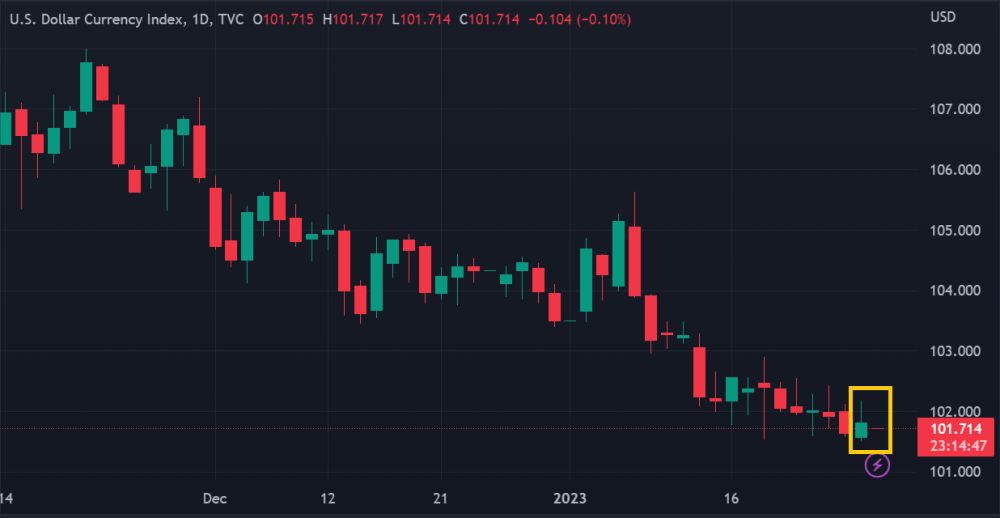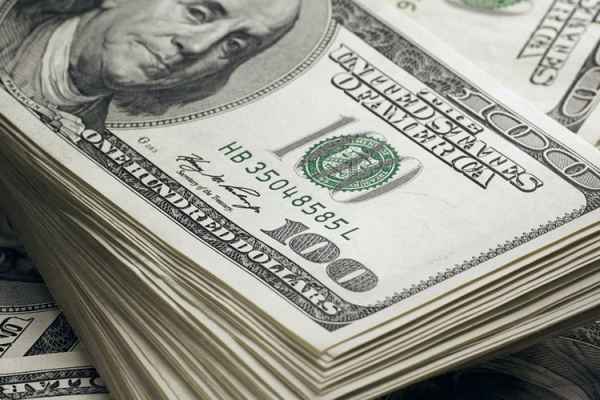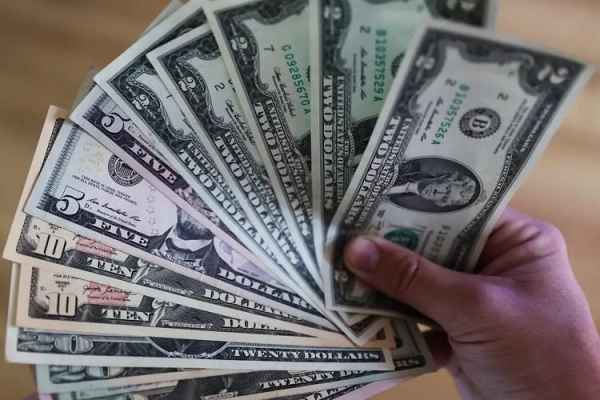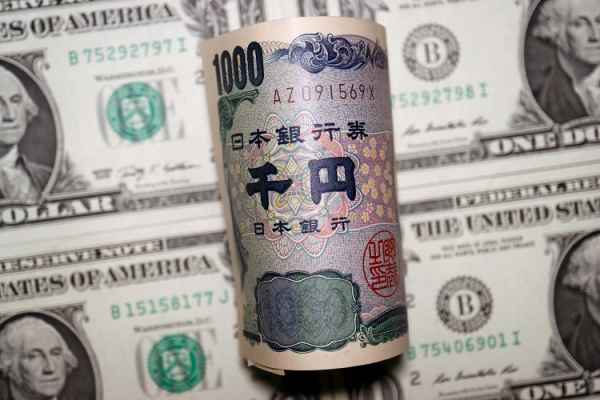The presence of a number of US economic data points put the brakes on the decline in the US dollar exchange rate for a while but was not able to spark a rebound.
The US Dollar Index (DXY) rose about 0.2 percent in yesterday's New York session before hovering around 101.70 this morning, January 27. The release of preliminary US Gross Domestic Product (GDP) data for the fourth quarter of 2022 exceeded market estimates, thus supporting the Fed's plan to maintain a hawkish stance earlier this year. Unfortunately, these data have not been able to boost the greenback rapidly.

Slower, But Better Than Market Expectations
The results of the FOMC meeting at the end of last year revealed the Fed's plan to "hike rates" about two more times in 2023, then maintain rates above 5 percent until the end of the year. Market participants doubted this projection due to signs of a sharper US economic slowdown. Some analysts even indicated that the Fed should cut interest rates in the second half. However, several US economic data releases last night sided with the Fed's projections.
The US Department of Commerce reports that GDP grew 2.9 percent quarter-over-quarter in quarter IV/2022. This figure is lower than the 3.2 percent growth in the previous period, but better than the consensus estimate of only 2.6 percent.
The weekly jobless claims data also beat expectations. The US Department of Labor reported that the number of jobless claims decreased to 186.00 in the week ending January 21. The amount is less than the previous period's claims, which reached 192k, as well as the consensus estimate, which was pegged at 205k.
"A somewhat mixed picture is being presented by the US (economic) data," said Stuart Cole, chief macroeconomist at Equiti Capital London, "But the biggest contributor to this growth story is inventories, a component that will almost certainly weaken throughout 2023." "I think the US economic data this time supports expectations of the Fed raising interest rates by 25 basis points for now."
The presence of these data put the brakes on the US dollar index's slump for a while. The market's next attention will turn to some of the major central banks.
The Recession Puzzle and Central Bank Policy
The three main central banks will hold regular meetings next week, namely the Federal Reserve, the Bank of England (BoE), and the European Central Bank (ECB). The market believes that both the BoE and the ECB will raise interest rates by 50 basis points, which is more than the Fed.
Those expectations support the current EUR/USD and GBP/USD rates. However, future traders are likely to pay more attention to the details of the results of the central bank meetings than the announcement of interest rates. Meanwhile, a number of analysts continued to maintain their dovish expectations of the US economic outlook.
"This will likely be the last quarter with strong economic growth for some time, especially since the details are not very encouraging. We still expect the (US) economy to plunge into recession due to the Fed's jumbo rate increase," said Dr. Christoph Balz, senior economist at Commerzbank.
Balz added, "Some of the "hard" December data, such as retail sales and industrial production, have been very weak, which could signal that the economy is losing momentum significantly." Survey-based indicators such as the ISM PMI are also heading sharply lower.
Yesterday's Bank of Canada (BoC) announcement officially marked it as the first major central bank to end its post-pandemic rate hike cycle. USD/CAD briefly surged into the 1.3420s following the announcement, but then slumped again to the 1.3300s due to market anxiety over the risk of a US recession and the direction of the Fed's policy.

 Dedicated FREE FOREX VPS
Dedicated FREE FOREX VPS Free FOREX Virtual Private Server
Free FOREX Virtual Private Server MT4 Demo Contest, Get $500
MT4 Demo Contest, Get $500 Sign Up for an Account, Claim 60% Deposit Bonus
Sign Up for an Account, Claim 60% Deposit Bonus Free MT4/MT5 VPS 2024
Free MT4/MT5 VPS 2024 Send E-mail and Get Free Merchandise
Send E-mail and Get Free Merchandise $1K Refer a Friend Bonus for Pepperstone Pro clients
$1K Refer a Friend Bonus for Pepperstone Pro clients Maximize Your Earnings with 100% Deposit bonus
Maximize Your Earnings with 100% Deposit bonus Trade to Win, $5,000 Monthly Demo Contest
Trade to Win, $5,000 Monthly Demo Contest Claim 30% + 15% Deposit Bonus from LiteFinance
Claim 30% + 15% Deposit Bonus from LiteFinance






